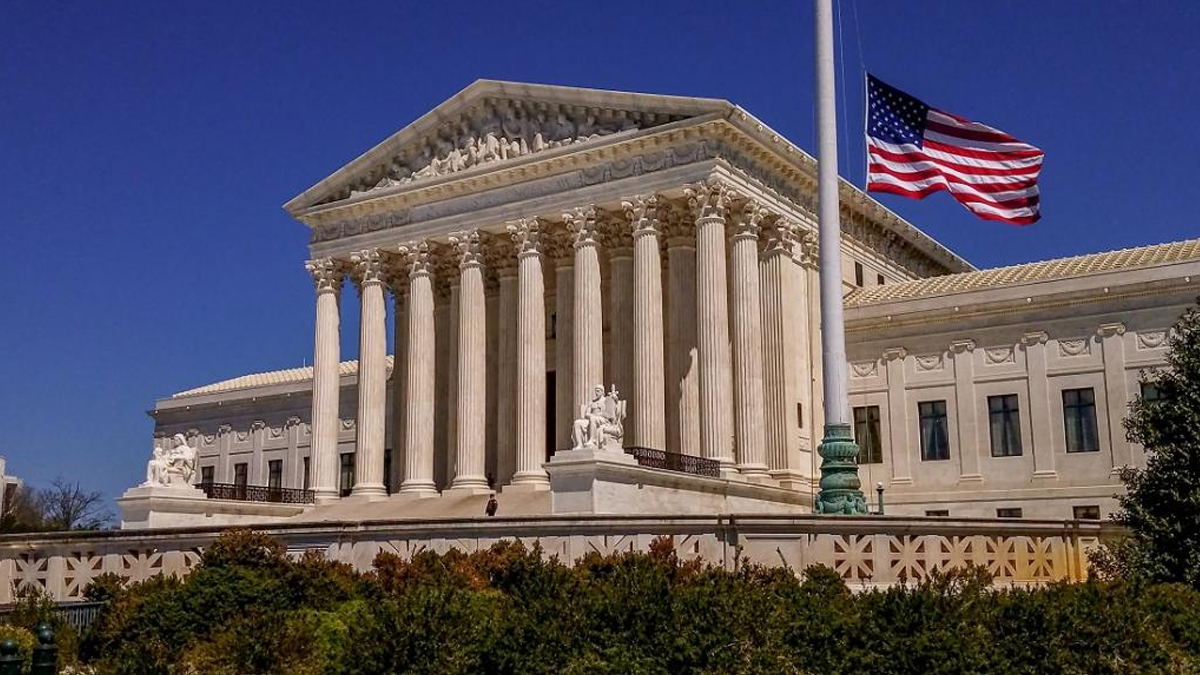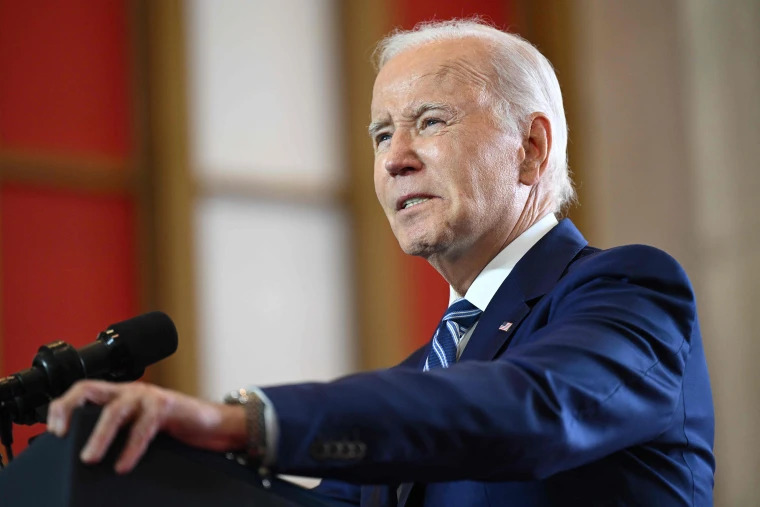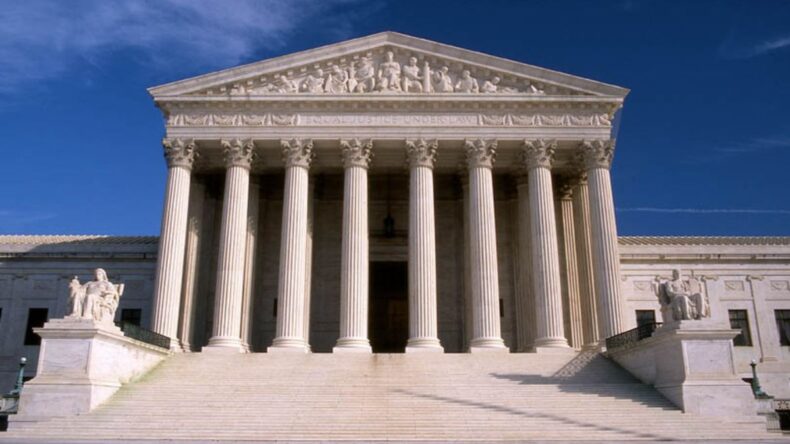In a landmark decision, the United States Supreme Court ruled that race-based affirmative action in college admissions is unconstitutional. The court declared the race-conscious admission policies at Harvard University and the University of North Carolina as violations of the Equal Protection Clause of the Fourteenth Amendment to the US Constitution. This decision has significant implications for college admissions and the pursuit of diversity on campuses across the country.

Challenging Race-Based Admissions Policies
The ruling came in response to an appeal filed by a group called ‘Students for Fair Admissions (SFFA)’, which argued that the race-based admission programs at Harvard and UNC violated applicants’ constitutional rights. The majority of the court agreed with the SFFA, asserting that the admissions policies amounted to race-based discrimination.
The majority opinion, written by Chief Justice John Roberts, emphasized that the universities failed to demonstrate how their race-based admissions programs advanced a compelling and legitimate state interest. The court found that the use of racial categories in measuring the racial composition of classes was arbitrary, overbroad, and underinclusive, preventing meaningful scrutiny of the admissions programs.

Ending the Use of Race in Admissions
According to the judgment, institutions are not banned from taking into account an applicant’s explanation of how race influenced their life as long as it is connected to a personal trait or distinctive skill that the candidate in question may bring to the university. However, the court ruled that institutions cannot create racial admissions policies using application essays or any other method since doing so would violate the Equal Protection Clause.
The majority opinion firmly stated that the touchstone of an individual’s identity should not be the color of their skin but rather the challenges overcome skills built and lessons learned. The court emphasized that race should not be the determining factor in college admissions.

Dissenting Opinions
Justice Sonia Sotomayor penned a powerful dissent, arguing that the majority’s opinion disregarded the vision of equality embodied in the Fourteenth Amendment. She emphasized that ignoring race does not equalize a racially unequal society and that racial diversity is essential for breaking down racial stereotypes and promoting cross-racial understanding.
Justice Sotomayor also addressed concerns regarding excluding Asian-Americans, noting that race-conscious admissions programs provide a comprehensive understanding of an applicant’s background, allowing for a fair evaluation of their qualifications.

Critics of the Majority Opinion
Justice Ketanji Brown Jackson, the first black woman appointed to the US Supreme Court, highlighted the country’s history of state-sponsored race-based preferences and the intergenerational transmission of inequality that still exists. She criticized the majority for promoting a colorblind approach that disregards the reality of racial disparities in America.
US President Joe Biden expressed his disagreement with the decision, stating that the Supreme Court had effectively ended affirmative action in higher education. He tweeted,
“For decades, the Supreme Court recognized a college’s freedom to decide how to build a diverse student body and provide opportunity. Today, the Court walked away from precedent, effectively ending affirmative action in higher education. I strongly disagree with this decision.”
Vice President Kamala Harris tweeted, “Today’s Supreme Court decision in Students for Fair Admissions v. Harvard and Students for Fair Admissions v. University of North Carolina is a step backward for our nation.”
Implications for College Admissions
The Supreme Court’s ruling against race-based affirmative action in college admissions has significant implications for institutions across the country. It raises questions about how universities will strive to achieve diversity and ensure equal opportunities for all students without considering race as a factor in the admissions process.
Colleges will need to explore alternative methods of promoting diversity and addressing historical disparities while adhering to the constitutional principles outlined by the Supreme Court. The decision also highlights the ongoing debate surrounding affirmative action and racial equality in the United States.
As the country continues to grapple with issues of race and equality, it remains to be seen how colleges and universities will navigate the complexities of admissions policies to foster a diverse and inclusive educational environment.













